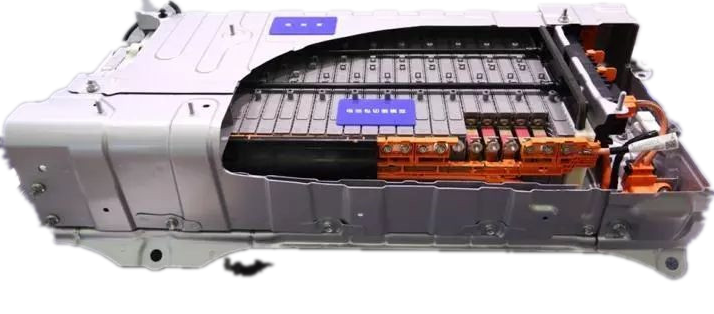1. Memory Effect of Ni-MH Battery
Ni-MH batteries have the same memory effect as Ni-Cd batteries, but they are much smaller than Ni-Cd batteries. Therefore, it is not necessary to perform a discharge every time it is charged (because improper operation will damage the battery), it only needs to be fully charged and discharged once every three months to alleviate the memory effect.
2. Self-Discharge Rate of Ni-MH Batteries
Ni-MH batteries are 25 to 35% (months), nickel-cadmium batteries are 15 to 30% (months), and lithium batteries are 2 to 5% (months). The self-discharge rate of Ni-MH battery is the largest, while the discharge rate of lithium battery is extremely low compared with the other two types of batteries.
3. The Charging Mode of Ni-MH Batteries
The PICK CUT control method of constant current charging for Ni-MH batteries is the best charging method when the charging voltage reaches the highest level, stopping to continue charging. While the Lithium batteries charged by constant current and constant voltage. If Ni-MH batteries are charged in the same way as lithium batteries, it will have an impact on the service life of Ni-MH batteries.
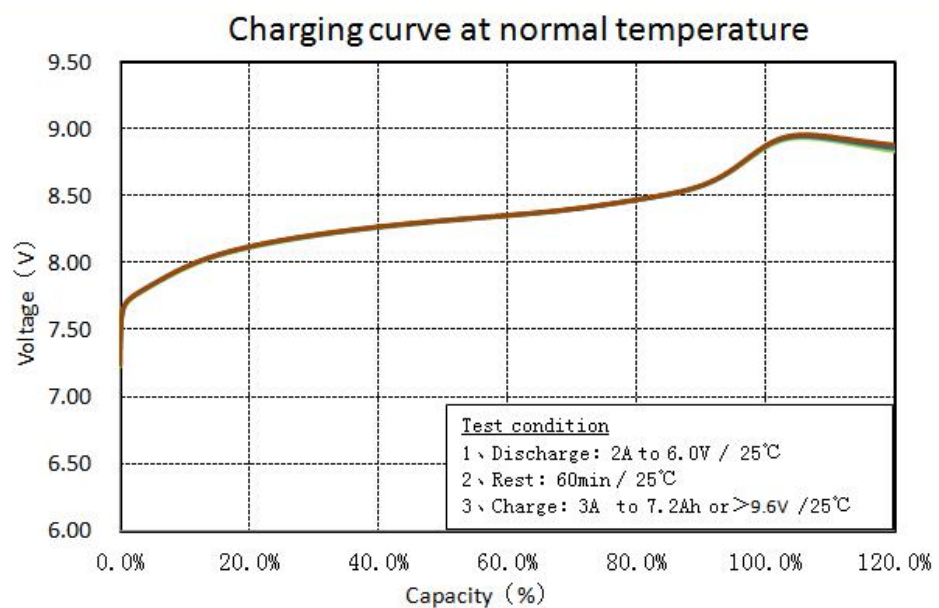
4. Is the higher the capacity of the Ni-MH battery, the better?
Different types of batteries, the higher the capacity, the longer the use time. Regardless of the volume and weight factors, of course, the higher the capacity, the better.
But for the same battery model, the nominal capacity (such as 600mAh) is also the same, and the actual measured initial capacity is different: for example, one is 660mAh and the other is 605mAh, so is the 660mAh better than the 605mAh?
The actual situation may be that the high capacity is due to the fact that there are more things in the electrode material that increase the initial capacity and reduce the things used for electrode stabilization. As a result, after dozens of cycles of use, the battery with high capacity will quickly fail in capacity, while the low capacity battery will remain strong. Many domestic battery cell manufacturers often use this method to obtain high-capacity batteries. But after half a year, the standby time become very poor.
Those AA NiMH batteries for civilian use are generally 1400mAh, but there are also ultra-high capacity (1600mAh), it’s the same thing.
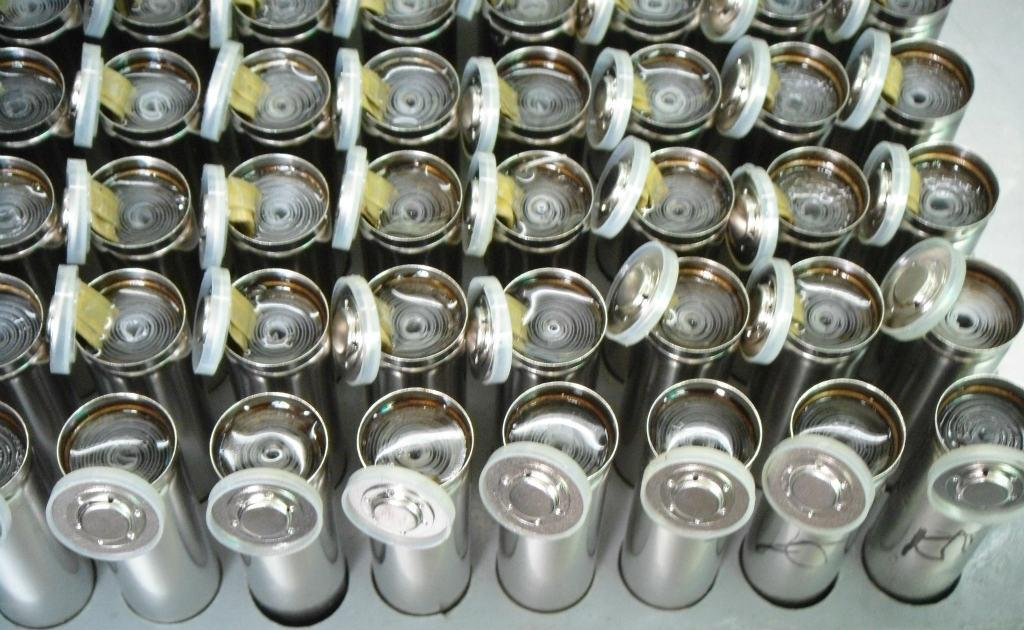
Ni-MH Battery Charging Method Introduction
►Standard charging uses a constant current for charging within a limited time. The timer should be adjusted to stop charging when it reaches 150-160% capacity input to prevent prolonged overcharging. The applicable temperature range of this charging method is 0-45°C, and the standard charging current is 0.1C.
►Fast charging is to charge the Ni-MH battery with a constant current of 0.3C within a limited time. The timer should be set to terminate charging after 4 hours, at which time the charging capacity is equivalent to 120% of the battery capacity. The applicable temperature range of this charging method is 10-45°C.
►Generally trickle charging requires the battery to be kept in a fully charged state, it’s for compensating for the power loss caused by battery self-discharge, it is recommended to use 0.01-0.03C current for trickle charging. The suitable temperature range for trickle charging is 10-35℃. Trickle charging can be used for subsequent charging after the above charging method.
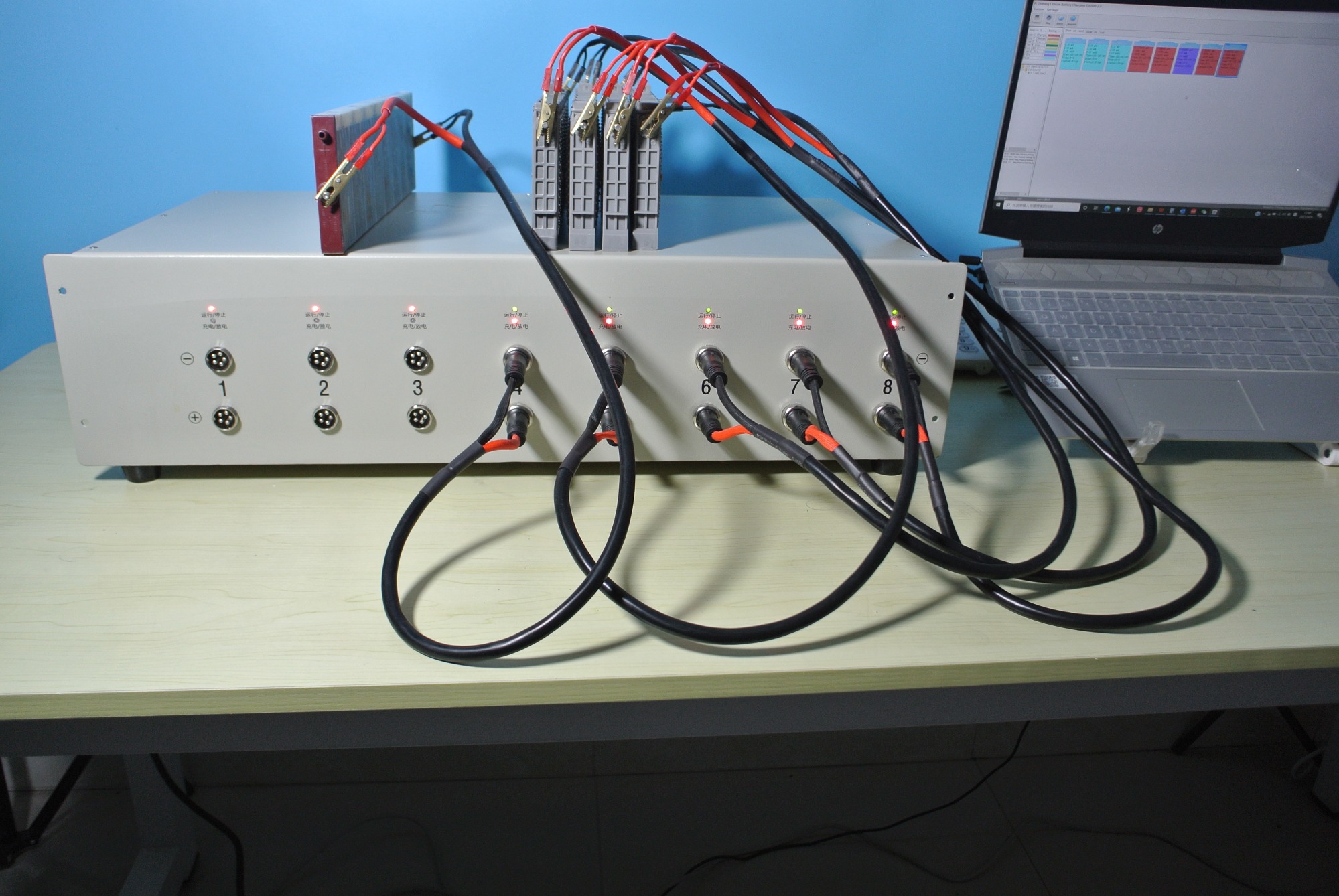 DK DSF2010 can customize the charge and discharge parameters & charge and discharge cut-off conditions to
DK DSF2010 can customize the charge and discharge parameters & charge and discharge cut-off conditions to
avoid overcharge and over-discharge
Precautions For Charging Ni-MH Batteries
The PICK CUT control method of constant current charging for Ni-MH batteries is the best charging method when the charging voltage reaches the highest level, stopping to continue charging. This is also the way that Ni-MH batteries are different from lithium-ion batteries and lead-acid batteries.
1.
Under normal circumstances, new Ni-MH batteries have very little power, so they must be charged before use.
However, if the battery leaves the factory for a short time and has sufficient power, it is recommended to use it before charging. New Ni-MH batteries generally need to be charged and used 3-4 times before their performance can reach their best performance.
2.
Although the memory effect of Ni-MH batteries is small, it is best to recharge them after each use and charge them fully at once. Do not charge them for a while and then use them for a while. This is an important point for prolonging service life.
3.
When charging, pay attention to the heat dissipation around the battery. Keep the battery clean when not in use, especially the contacts at both ends, and wipe gently with a soft dry cloth if necessary. If the battery is not used for a long time, remove the battery from the battery compartment and place it in a dry environment.
4.
Ni-MH batteries will enter a "sleep" state after being stored for a few months, and the battery life will be greatly reduced. If the Ni-MH battery has been stored for a long time, it is recommended to charge it with a slow charge first. Generally, the voltage of the Ni-MH battery is below 1.2V before charging, and the normal voltage is around 1.4V after being fully charged. This can be used to determine whether the battery is fully charged.
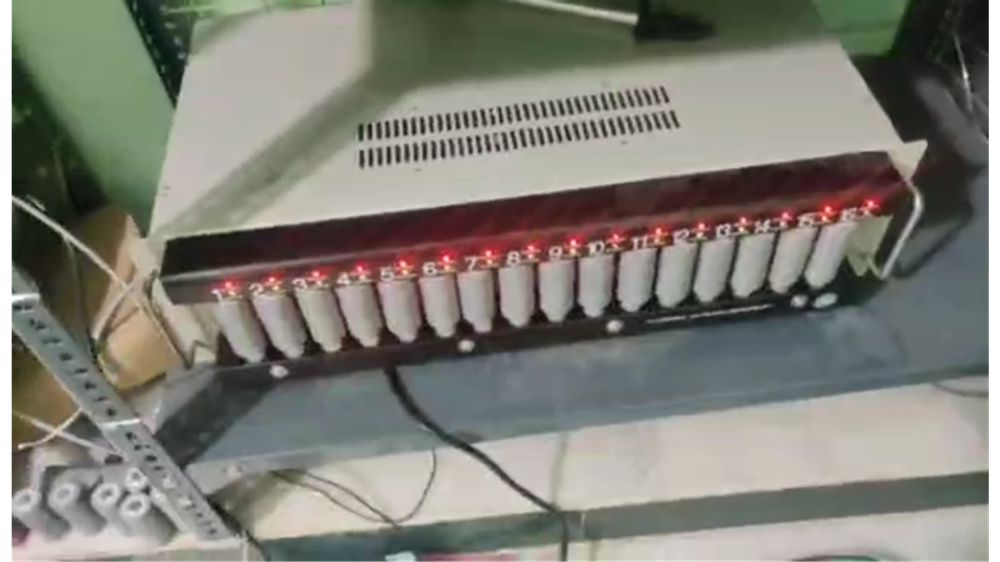
How to charge the Ni-MH battery for the first time
The first charging of Ni-MH batteries after leaving the factory includes two aspects:
One is whether to charge it before use, and the other is how long it takes to charge.
In general, the new Ni-MH hydride batteries only contain a small amount of electricity, which is closely related to the higher self-discharge rate of the nickel metal hydride batteries. If the capacity of the Ni-MH battery is 40% when it leaves the factory, and the monthly self-discharge rate is as high as 30%, the capacity after one month is only 10%. After a longer period of time, some batteries will be in a discharged state (that is, uncharged status). Moreover, the nickel metal hydride battery also has a feature, that is, the higher the capacity, the greater the rate of self-discharge, so that even if the factory with a large amount of electricity, after a certain time the power is still very small. Therefore, a new battery must be charged for the first time before it is used. However, in another case, you can also use it first and then charge it. In 2005, low self-discharge Ni-MH batteries were launched on the market, and some domestic manufacturers currently produce low self-discharge batteries. However, due to the complex structure of the low self-discharge Ni-MH battery, the cost is much higher than that of the ordinary type, so the proportion of low self-discharge Ni-MH batteries in the civilian market is very small. If this kind of battery leaves the factory for a short period of time (for example, within a month), the power is usually sufficient, because if the power of the battery is more than 30%, it can be used normally, so the Ni-MH battery can be used before the first charge. Once the nickel-metal hydride battery charging starts, it is necessary to choose which way to charge it. It is generally believed that the power of the Ni-MH battery before the first charge is very small. Therefore, the low current constant current charging method should be adopted. Most of them are charged at a rate of 0.1C for 12 to 14 hours. Low current charging has no negative impact on the battery. Even if there may be a little overcharging, it doesn't matter much. At the same time, it can also ensure that 100% of the battery capacity is restored within the charging voltage range. The first charge must also be fully charged to maximize performance.
The first thing to talk about is the question of whether to charge or discharge the new battery before using it. It depends on what charger you use to charge it. If you use slow charging, you can charge first, and the charging time can be longer than the normal charging time, which is beneficial to activating the battery; but if you use fast charging (especially if you're using another quick charge that doesn't have protection against overcharge and overheating), it is better not to charge first, but to discharge first.
In order to simplify the operation, we can discharge the battery first and then charge it regardless of the charging method or the production date of the battery. This is beneficial to the battery. The discharge is also very simple. If you do not have a professional charge and discharge testing device, it could be used normally in electrical appliances (such as DC, MP3, etc.). When the electrical appliances indicate that there is no electricity, then charge it.
When the new battery is used for the first 3-5 times, it is best to charge a little longer (of course, not too long), which is beneficial to activate the battery; It is best to perform a complete charge and discharge cycle for each subsequent use, that is, to use battery after it’s full charged, recharge the battery until it is out of power, which helps to reduce the memory effect of the battery and prolong the life of the battery. In addition, avoid interruptions during charging. We usually have some bad habits, such as unplugging the charger during charging to see how hot the battery is, and then plug the charger back in. This usually causes the charging cycle to be unstable, and the battery restarts the complete charging cycle, but the previous charging cycle has been completed. Unstable charging cycles will reduce battery life.
For nickel-metal hydride batteries that have not been used for a long time, take them out of the appliance, and then fully charge them before storing. Otherwise, after a long period of storage, when you want to use these batteries, you will find that the batteries have been broken, this is because the batteries are over-discharged. The best condition for storage of Ni-MH batteries is about 80% charged storage. This is because the self-discharge of Ni-MH batteries is relatively large (about 10-15% a month). For example, if the battery leaves the factory without electricity, and the battery is not used for a long time (if not sold), the self-discharge of the battery will cause the battery to be over-discharged and damage the battery. Therefore, the new battery is fully charged when it leaves the factory. (At least 80-90% full), so when you get a new battery, battery are generally have electricity.
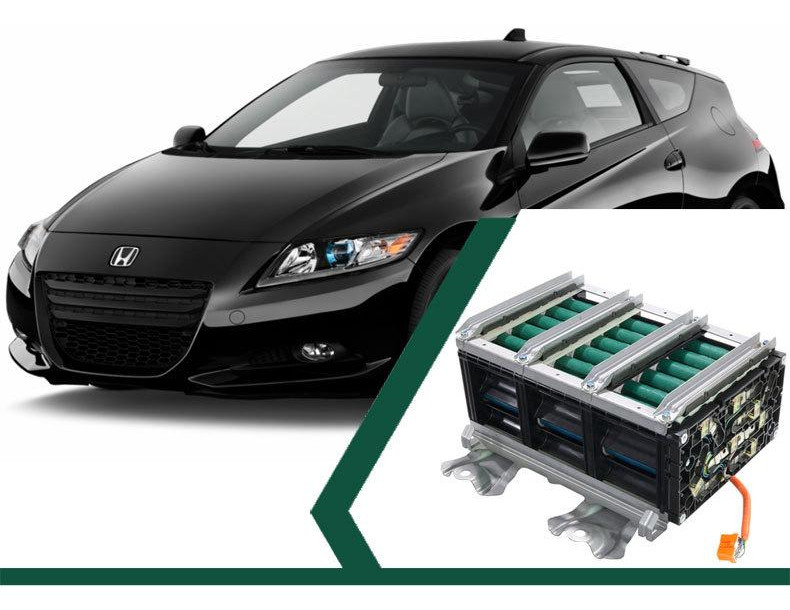
Dekang Battery Module Universal Tester DSF2010 can test the capacity of Ni-MH battery modules, process the charge and discharge performance test, and the automatically cycle charge and discharge is able to activate the battery and restore the battery capacity. Users can customize charging and discharging parameters to avoid overcharging and overdischarging. At the same time, special software can analyze and judge the performance of the battery. A certain number of DSF2010 can form a charging system to perform one-go testing and maintenance for the whole battery pack, accurately determine the defective battery module and replace it. At the same time, DSF2010 can be applied to the testing and maintenance of various lithium batteries and lead-acid batteries within its voltage testing range.
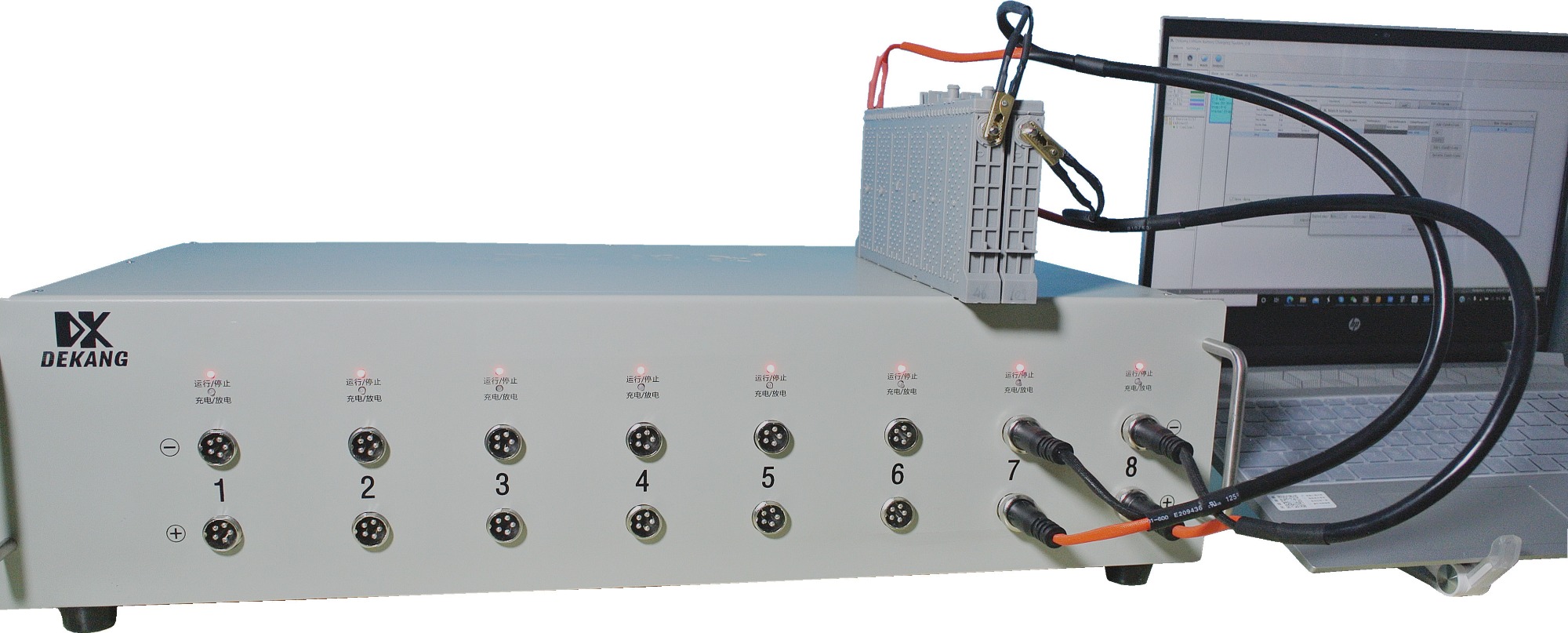
View more details please click
https://dk-tester.com/products/battery-module-pack-charge-discharge-tester-dsf2010-101


